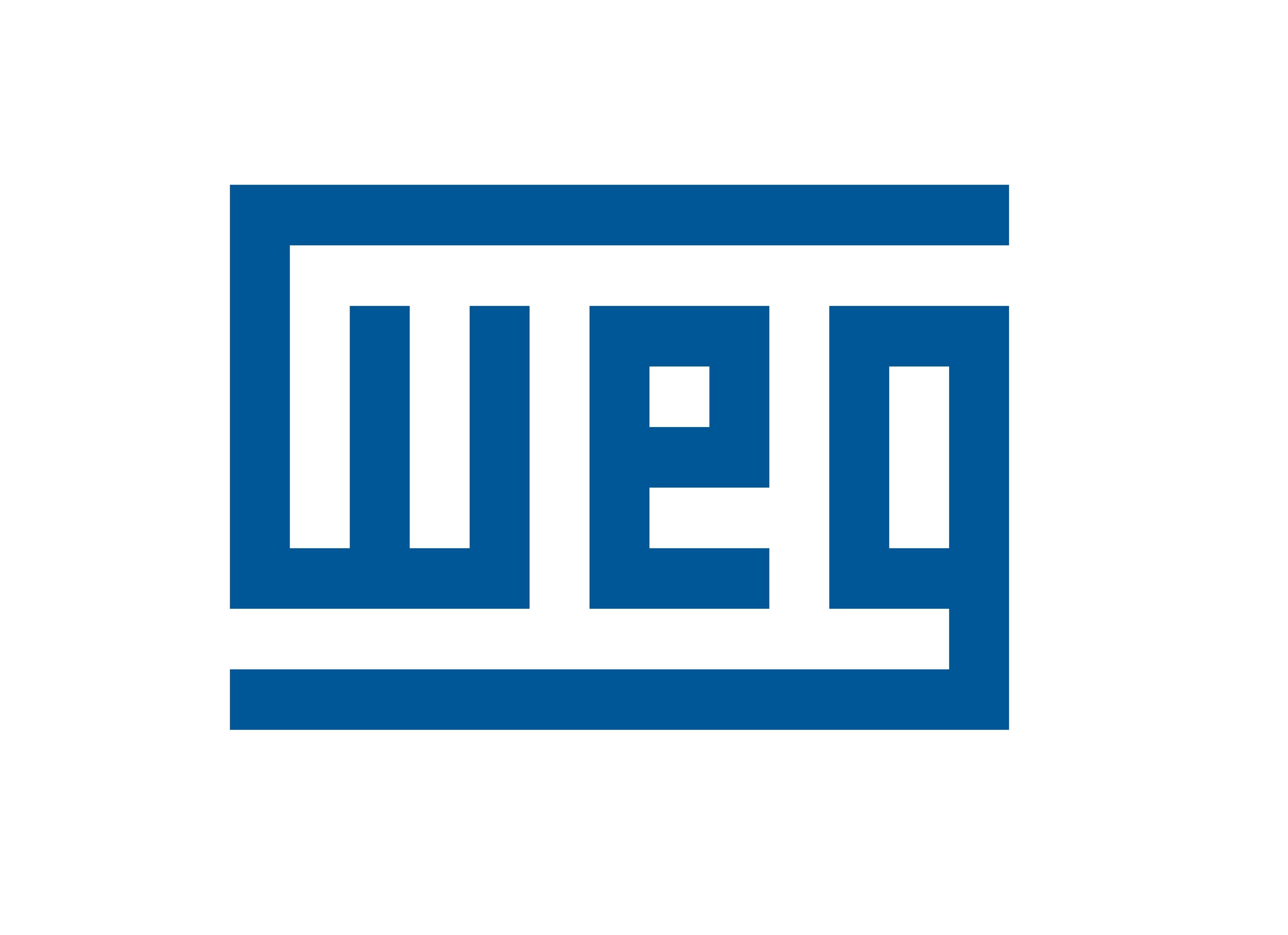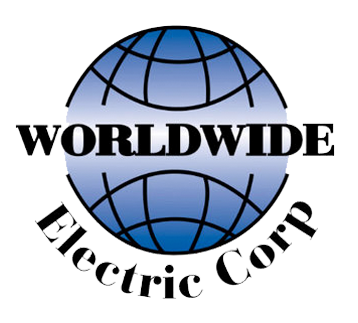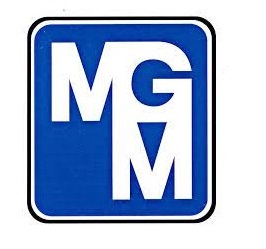
DC Motors
A DC motor uses direct current instead of alternating current to convert electrical energy into mechanical energy and mainly relies on the forces produced by the magnetic fields. Direct current does not change direction and always moves in the same direction.
Direct current motors vary in size and application, from small-sized motors used in small gadgets/toys to big motors used in cars, elevators, etc.
Compared with ac motors, dc motors have higher starting torque, quick starting and stopping, reversing, variable speeds with voltage input, and are cheaper and easier to control.
HVH Industrial works with the specialized engineering teams of manufacturers to meet our customer's requirements and the highest quality standards.
If you have any questions, write us via live chat (one of our team members will answer your questions), call, or send us a quote request. The HVH team is always ready to help you.
 1(866)577-4040
1(866)577-4040
or
Manufacturers
When it comes to motors, DC motors have been a popular choice for decades due to their simple construction, high efficiency, and low maintenance. In this article, we will delve into the basics of DC motors, their applications, and how they work.
What are DC Motors
DC motors are electromechanical devices that convert electrical energy into mechanical energy and are widely used in a variety of applications, from small toys to large industrial equipment. A DC motor is made up of two main components - a stator and a rotor. The stator is the stationary part of the motor, while the rotor is the rotating part. The stator contains the field windings, which produce a magnetic field, and the rotor contains the armature, which houses the conductors that interact with the magnetic field to produce mechanical energy.
How DC Motors Work
DC motors work by utilizing the interaction between the magnetic field and the conductors in the armature. When a current is passed through the field windings, a magnetic field is created, which interacts with the conductors in the armature. This interaction creates a force that rotates the armature, which in turn rotates the rotor. The direction of rotation is determined by the polarity of the current in the field windings and the position of the brushes or electronic commutator.
Types of DC Motors
There are two main types of DC motors - brushed and brushless. A brushed DC motor is the most straightforward and commonly used type of DC motor. It consists of a rotor and a stator. The rotor is connected to a commutator that supplies power to the armature windings through brushes. As the rotor turns, the brushes supply power to different parts of the armature windings, causing the rotor to rotate.
On the other hand, a brushless DC motor has a more complex design. It also consists of a rotor and a stator, but instead of brushes and a commutator, it uses electronic commutation to switch the direction of the magnetic field in the stator which allows for more efficient and precise control of the motor.
Advantages and Disadvantages of DC Motors
DC motors offer several advantages over other types of motors. For one, they are highly efficient, which means they consume less energy and produce less heat. They also have a high starting torque, which makes them ideal for applications that require a lot of power. Additionally, they are easy to control, making them ideal for applications that require precise speed and position control. However, DC motors also have some disadvantages, such as the need for regular maintenance, the need for a separate power supply, and the potential for electromagnetic interference.
Applications of DC Motors
DC motors have a wide range of applications across industries such as electric vehicles, robotics and automation, industrial machinery, and medical equipment.
Electric Vehicles:
The widespread use of electric vehicles is one of the most significant applications of DC motors. The DC motor provides the main power source for electric vehicles, converting electrical energy stored in the battery to mechanical energy, which drives the wheels. The advantages of using DC motors in electric vehicles include their high torque, low noise, and efficiency. Additionally, DC motors offer easy speed control and require minimal maintenance.
Robotics and Automation:
DC motors play a vital role in the field of robotics and automation. These motors power the joints and limbs of robots, making them move precisely and smoothly. They are used in robotic arms, mobile robots, and industrial automation equipment. The key advantages of using DC motors in robotics and automation include their high power-to-weight ratio, precise speed control, and compact size.
Industrial Machinery:
DC motors are widely used in industrial machinery, including pumps, conveyors, and mixers. The high torque and precise speed control of DC motors make them ideal for these applications. Additionally, DC motors are compact and reliable, making them suitable for use in harsh industrial environments.
Medical Equipment:
DC motors are also used in various medical equipment, including surgical tools, diagnostic machines, and patient care equipment. These motors offer precise speed control, low noise, and reliability, making them ideal for use in critical medical equipment.
In conclusion, DC motors have been a critical component in the industrial and consumer landscape for over a century. From early applications in manufacturing and transportation to modern-day uses in robotics, automation, and renewable energy, DC motors continue to play an essential role in powering a wide range of machinery and devices. While they may not be the most efficient or eco-friendly motors available today. DC motors are simple, reliable, easy to maintain, and relatively low-cost.







